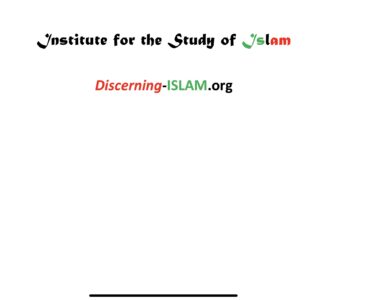
The Early Muslim Kingdoms Of Aceh
Aceh was the first region of modern-day Indonesia in which Muslim kingdoms were founded. Marco Polo observed a Muslim king on the north coast of Sumatra in 1292, more than a half century before the oceanic voyage of Ibn Battutah landed him further to the south on the same island. The Portuguese voyager Tome Pires, writing on the cusp of sixteenth century, provided the earliest ethnographic record of Acheh. His unparalleled account reinforces the notion of fragmentation: while the center may be held together by a strong ruler, it is the surrounding villages that both protect and challenge the harbor cities. There are no city walls, no forts, no mountain castles but instead a system of constant exchange and negotiation. The rulers of Aceh are identified as orthodox Muslims holding sway over a splendid court, yet their wealth depended on the tribute that they levied from neighboring regions and also from ships that used the harbor at Aceh.
Later the rulers of Aceh were able to benefit from overseas ties to powerful Muslim allies, both in India (the Mughals) and Turkey (the Ottomans). Yet they never subdued the interior of the island. Even when the Acehnese empire was at its height, during the second half of the sixteenth and first half of the seventeenth centuries, the sultan’s authority was confined to the immediate vicinity of the capital. Aceh itself was divided suggested continuity with South Asian Muslim monarchs, but this continuity is limited by two immediate, overriding differences: first, the meaning of the seals was not the same, because the shadow of God on earth, a key epithet of the ruler in both polities, projected the great Mughal as the semi-divine lord of a vast realm, while it is doubtful that more than a handful of Acehnese courtiers ever attributed supra-human qualities to the sultan of Acheh; and second, the ninefold seal was not itself the most important seal of the Acehnese court. For the hereditary chiefs of Acheh, James Siegel has argued, the paramount seal was the fivefold seal, which signified the hand as a symbol of power and meant the chief’s ability not only to project power over others but also to protect his own possessions and territory.
From a religious perspective, what became evident is the development of a form of Islamic devotion that is linked to the mediating power of Muslim saints. Scholars imagine that there may have been intricate relationships between temporal and spiritual power in Southeast Asia that resembled those in South Asia, but that remains a conjecture. Despite occasional literary giants, such as the Sufi poet Hamzah al-Fansuri and the Sufi master Abd al Rauf al Singkili, both of whom wrote in the mid-sixteenth to the early seventeenth centuries, there is no contemporary history of major saints or their tombs. Yet saints’ tombs were built and their mere existence is itself important. Even though the tombs are less grand than those of Mughal India, in Aceh as elsewhere the tradition of visiting saintly tombs still exists. The purpose of these visits resembles what was observed in South Asia: whatever their background or status, pilgrims came with gifts and vows seeking the spiritual favor of saints for material or medical relief.
More open to question is the relation of formal religious authorities to representatives of indigenous traditions. The oft-repeated dyad pits pre-conversionary disbelief (jahliya) against divinely revealed faith (iman or islam). This is an attractive dyad because it suggests a radical experiential break between the old and the new, the impure and the pure, the false and the true. In Southeast Asian Islam the dyad is framed as adat, referring to all that stands outside juridical Islam, and hukum, meaning “laws” or the announced guidelines of an Islamic code that governs collective life. Yet the distinction is more projected than observed; it remains an ideal type, not a lived experience. In Acehnese history the two polar extremes of social identity can, and often do, merge. Instead of outright hostility, one finds at least tacit politeness, and frequently mutual respect, between the so-called representatives of adat, the hereditary chiefs, and the champions of hukum, the ulama (religious scholars).
The greatest source of tension in Acehnese history, and Malay history in general, lies outside religious worldviews and their exponents. It is the unending struggle between marginal and central groups. Before the Dutch ascendancy in the archipelago from the early seventeenth century and in Aceh from the mid-nineteenth century, the harbor sultan tried to keep Acheh integrally cohesive by subsuming hereditary chiefs under his authority. But the Dutch declared war against the Acehnese, and that war lasted more than thirty-five years, continuing into the twentieth century. It reduced the prominence of Aceh and shifted the reins of political power to Java. Not until 1956, and only after a bloody guerrilla campaign against Indonesian forces, did Aceh become again what it had been in the pre-modern period: an autonomous province, characterized by independent practices, both political and religious, from the dominant center.
The Early Muslim Kingdoms Of Aceh
803 – 003
https://Discerning-Islam.org
Last Updated: 03/2022
See COPYRIGHT information below.



